Kite surfing is quite spectacular but difficult to photograph. As with any water sport, the main difference that affects the results is whether or not the photographer is embedded in the organisation. In the former case, being allowed to stay on the official boats allows him to be closer to the action and get better shots. In the other case, the photographer must essentially rely on a telephoto lens (the longer the better) at the expense of depth of field.
Jumps and the flight phase are the most spectacular moments to capture. However, as the next two photos show, it is essential that the autofocus works quickly and efficiently.

Like the previous picture, also this one is a missing shot because of a misfocus
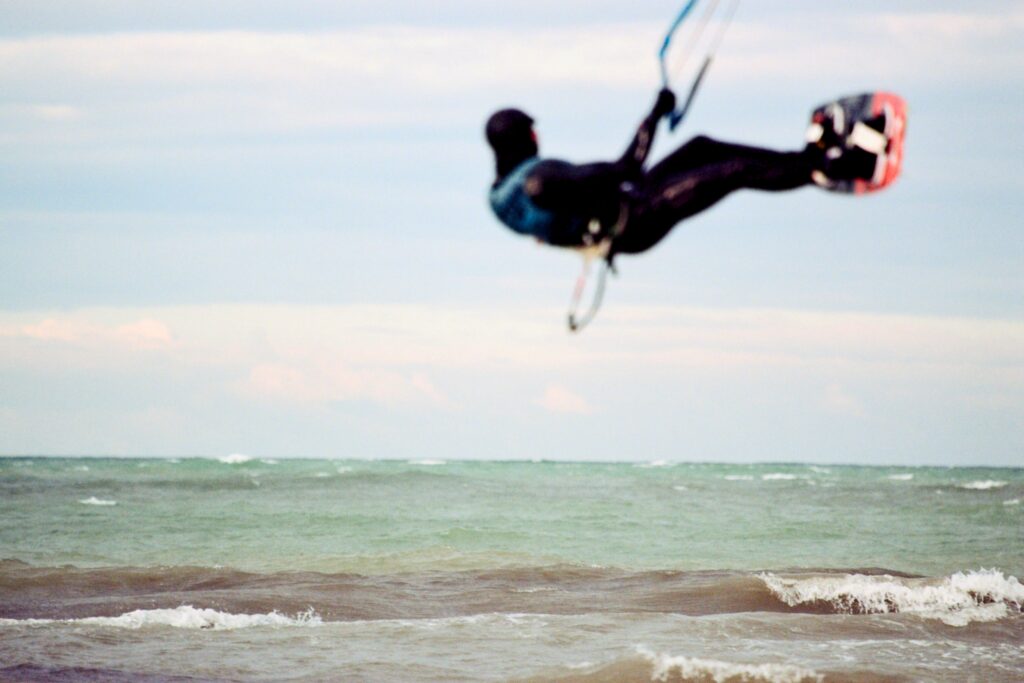
To be honest, I’m not sure that these missed shots are the fault of the camera and lens. After all, they were taken with a Canon EOS 1V and a Canon EF 100-400: not exactly third-rate equipment.
Speaking of telephoto, here is what is possible to get from the long end of the lens
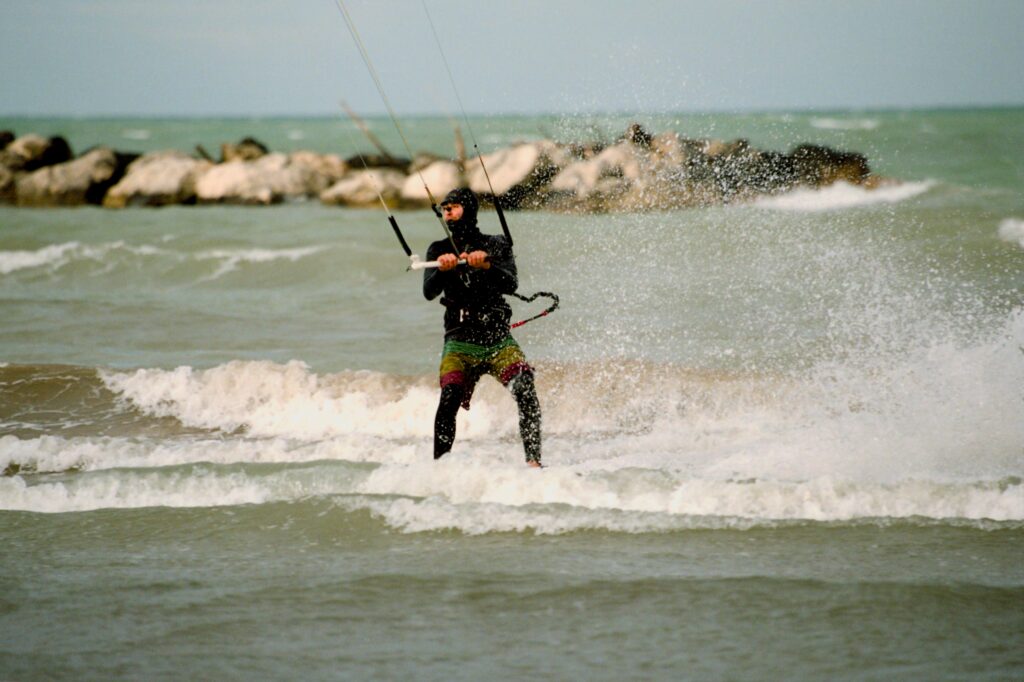
This is yet another example of how a long lens can perform in this type of environment.
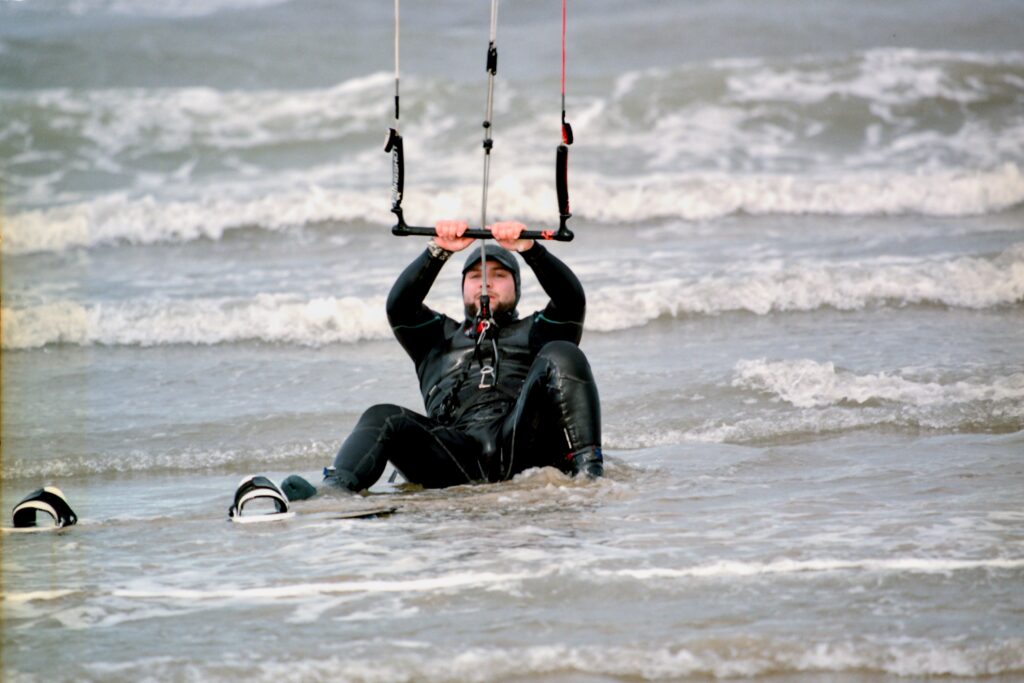
This photo shows the typical compromise a photographer has to accept in this kind of sport. The paragliders pulling the athlete can create very interesting compositions (especially when there are many surfers in the same spot). However, they are very far away from the athlete, so the choice is between closing in (and losing the interaction with the paraglider) or using a longer focal length (but losing details).
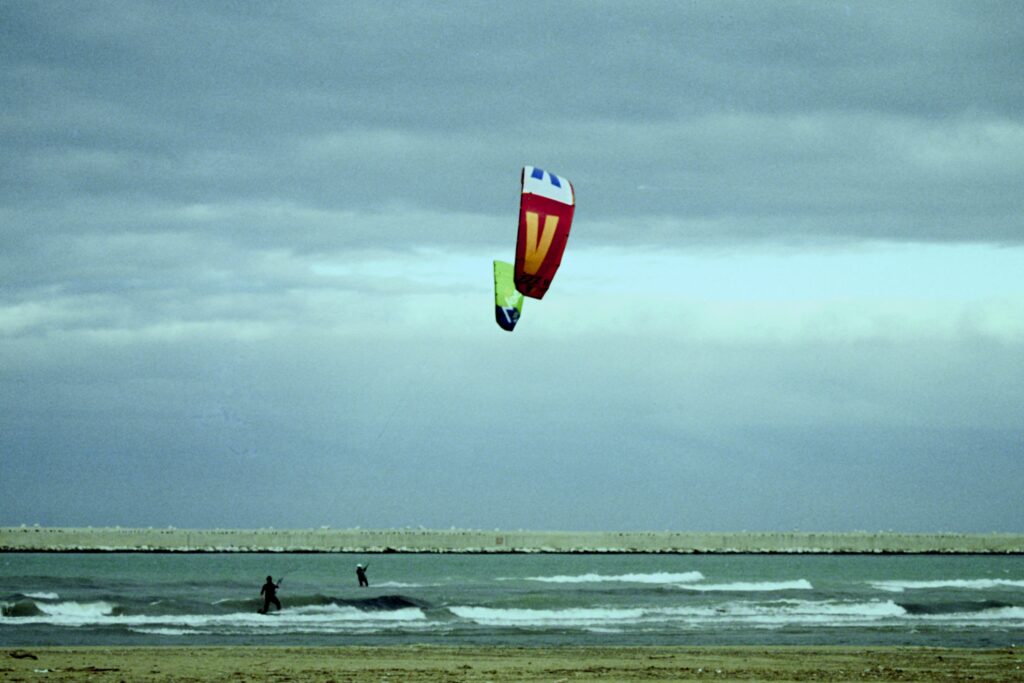
This concept is better elucidated by the next photo:
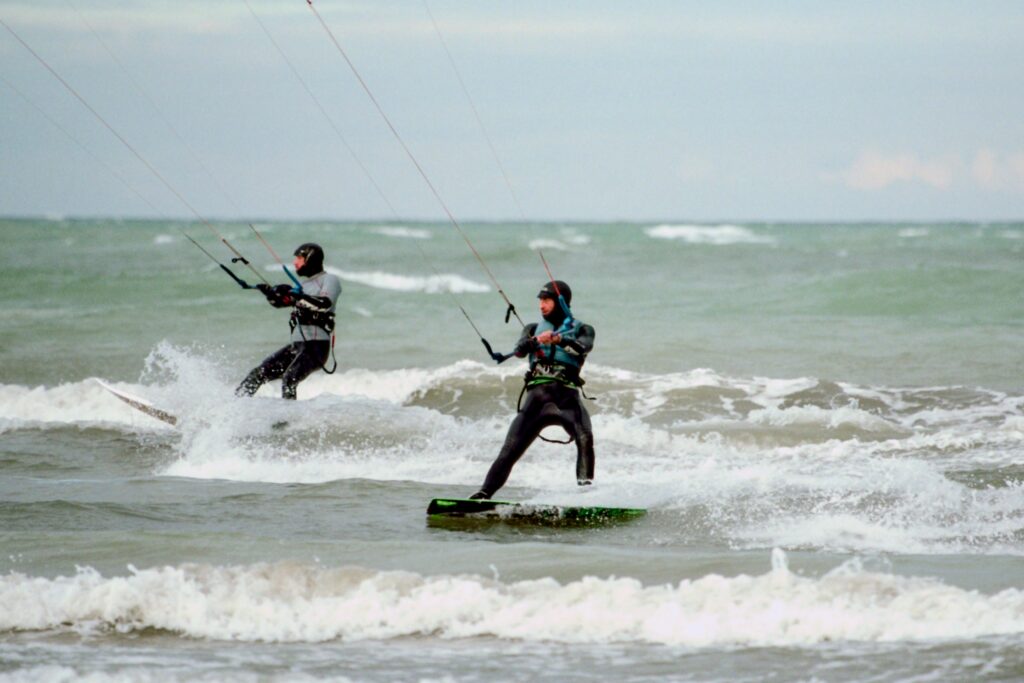
This photo should have been taken from the other side, so that the surfers were facing left to right, but that would have meant staying afloat or on a boat. However, apart from the wrong direction (beggars can’t be choosers), it’s clear that including the paragliders would have made for a richer and more interesting composition, but at the cost of losing concentration on the two athletes, as in this picture.
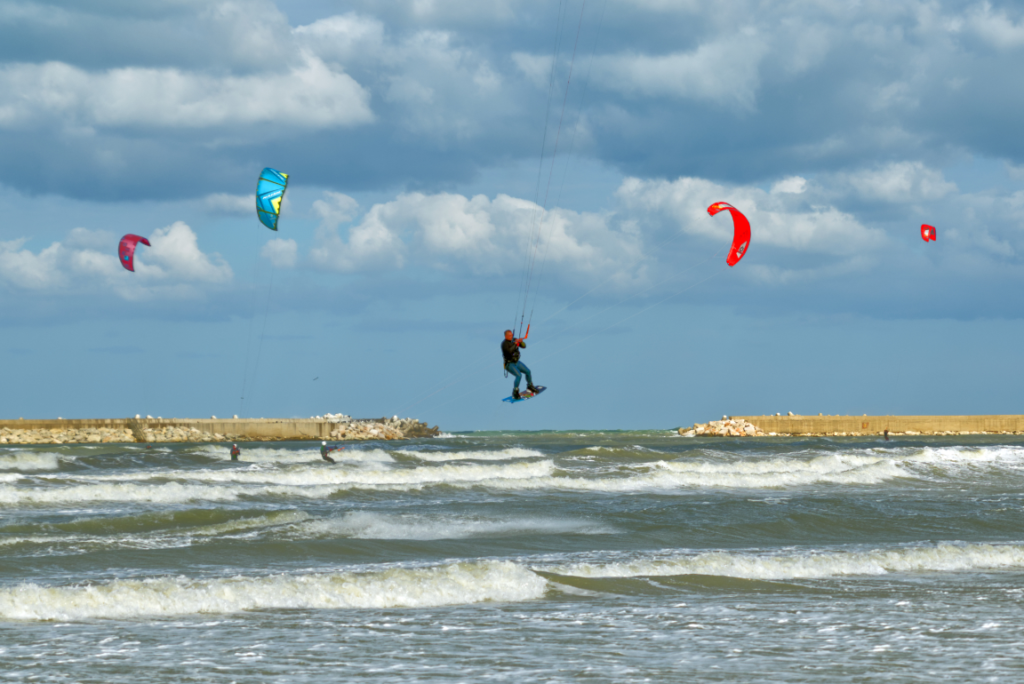
On the technical side, as I already mentioned, I used a Canon EOS 1V, the last great film camera from Canon, and the sturdy EF 100-400. What a great lens! The film (a Kodak Portra 160 NC) was scanned with a Nikon LS4000. The last photo was taken with a Pentax K-1 and an HD D-FA 24-70 mm f/2.8 ED SDM WR.
Share this post:
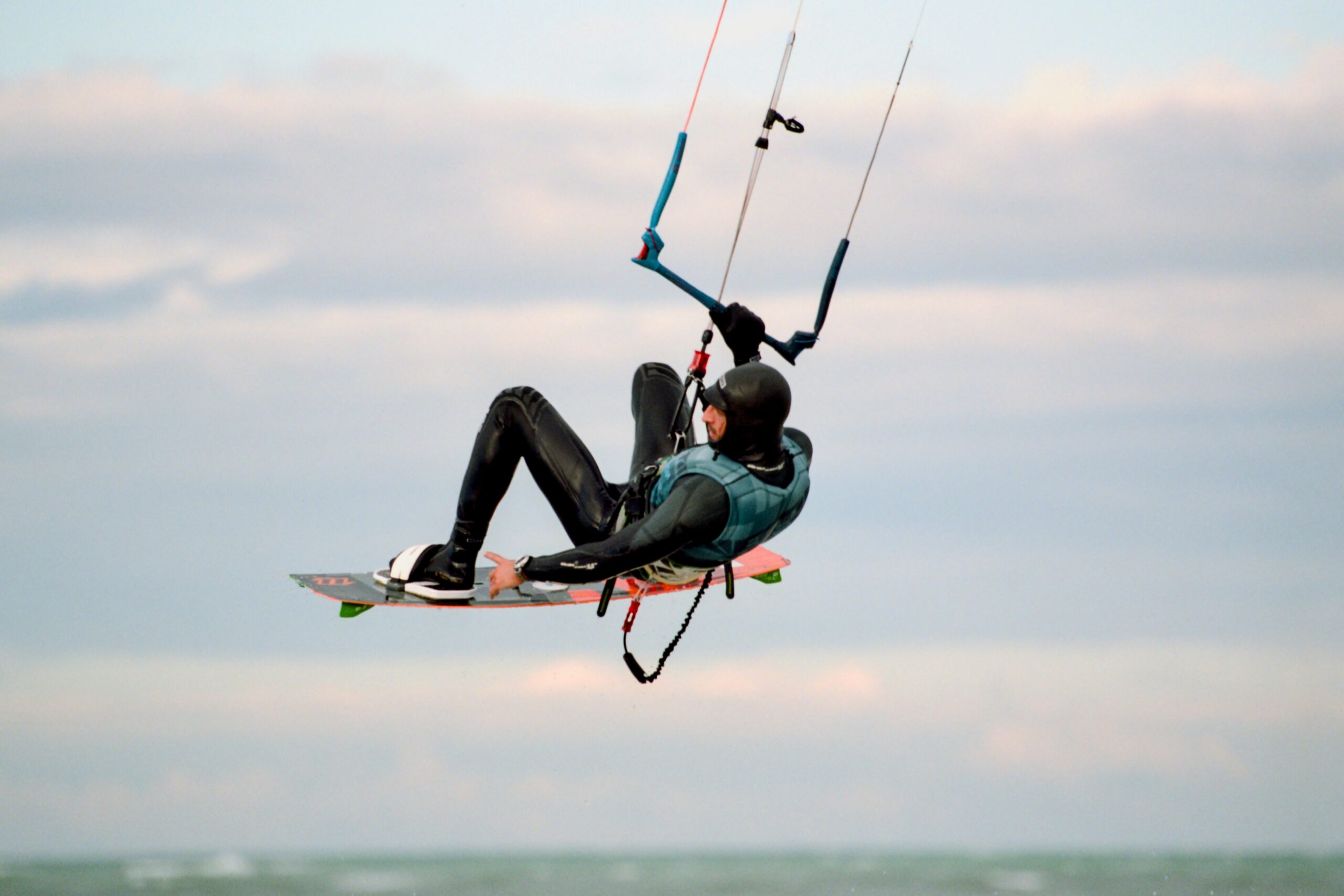

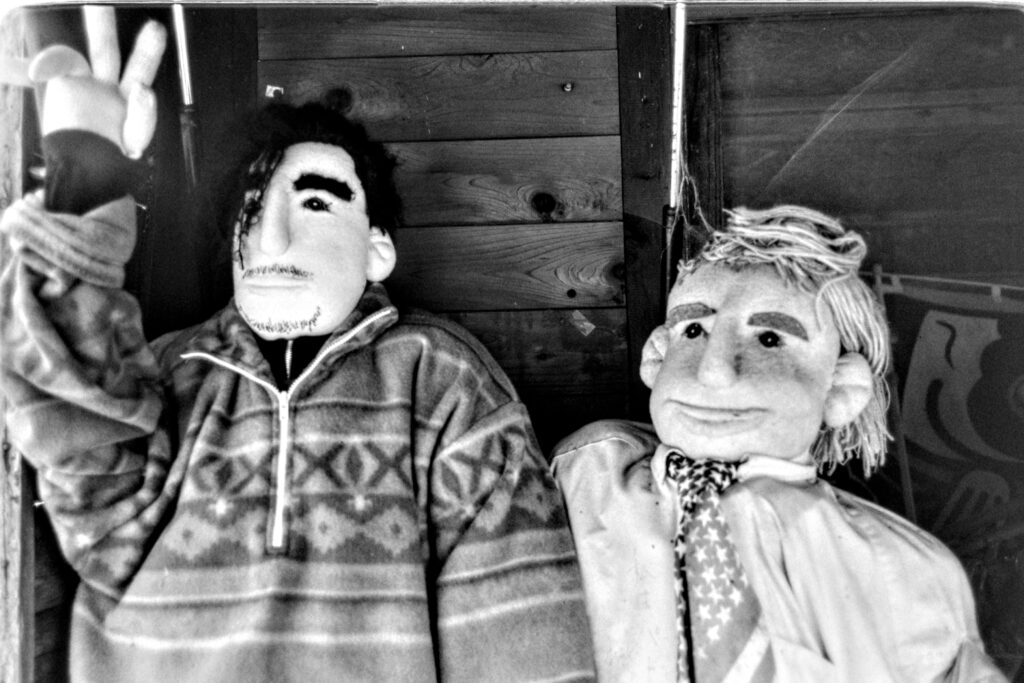
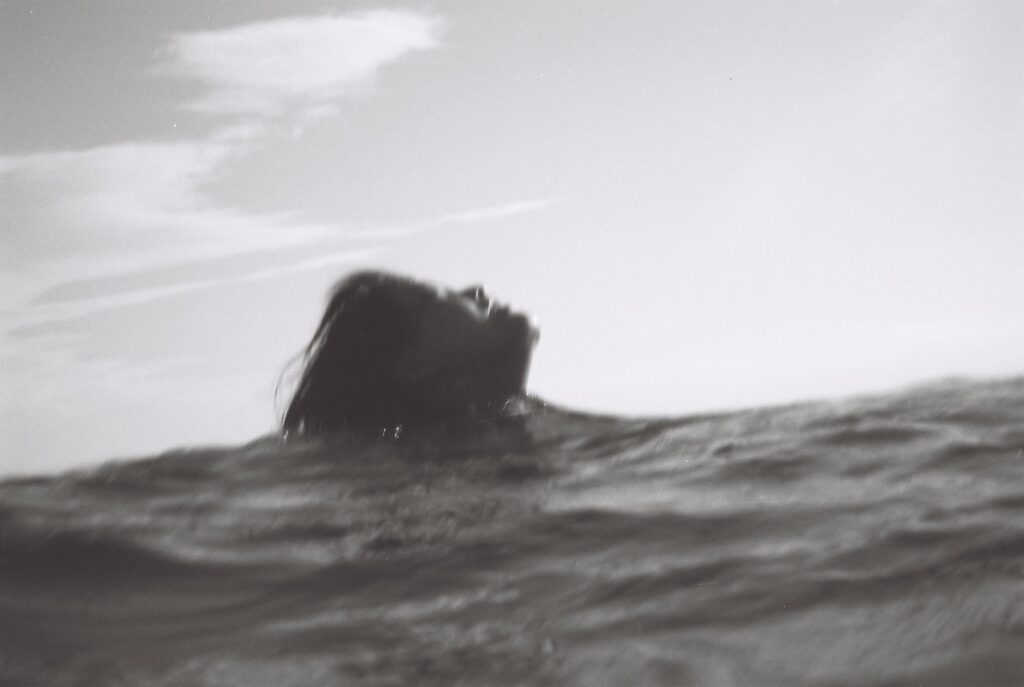
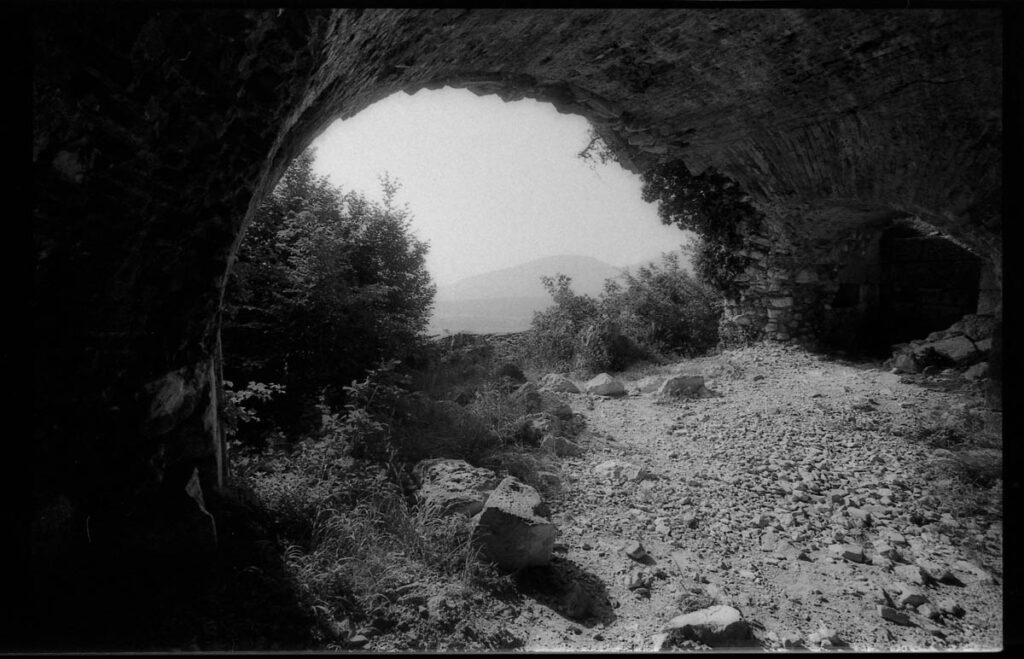




Comments
Gary Smith on Shooting Kite Surfing
Comment posted: 11/09/2024
Bob Janes on Shooting Kite Surfing
Comment posted: 12/09/2024